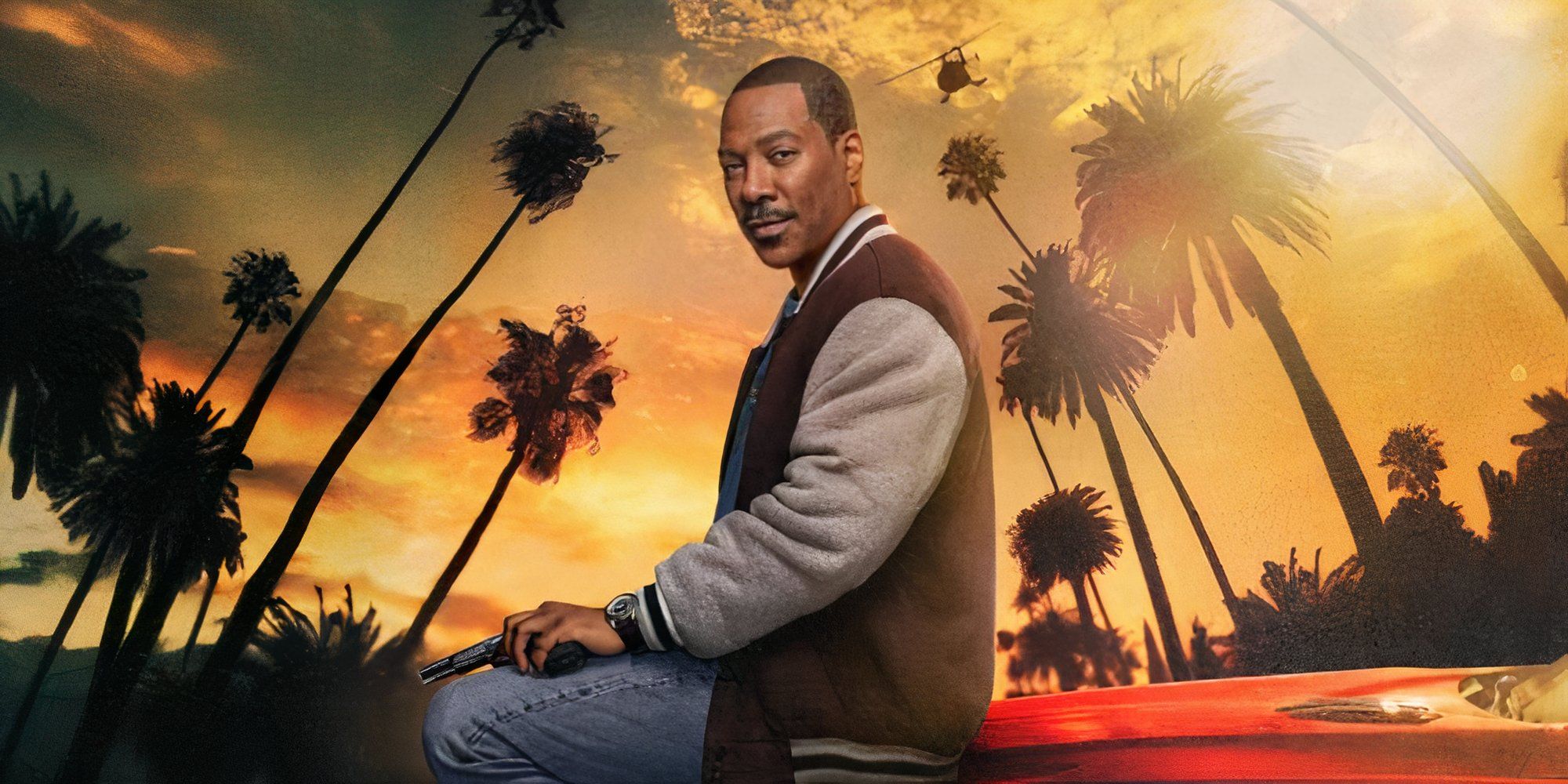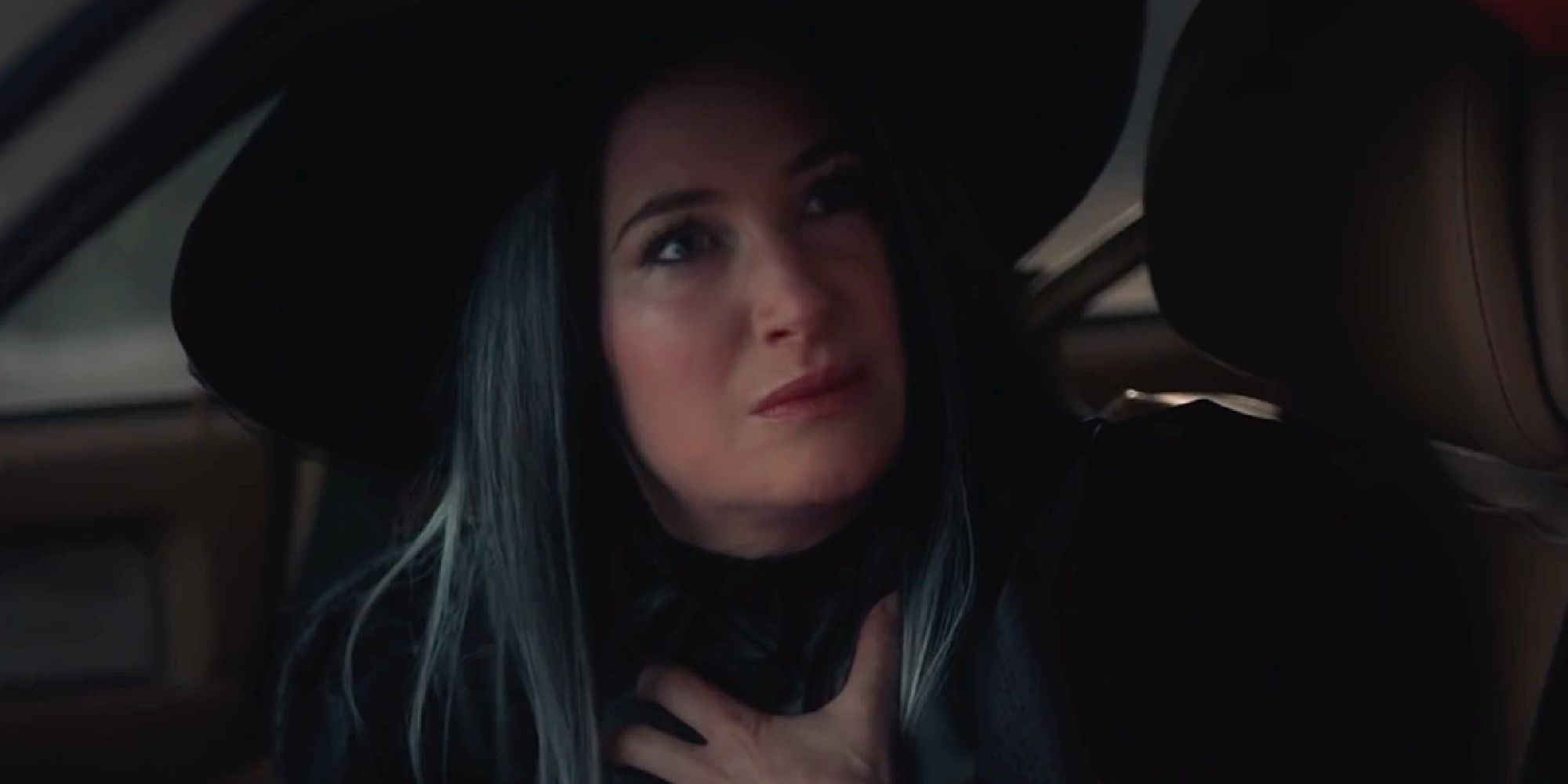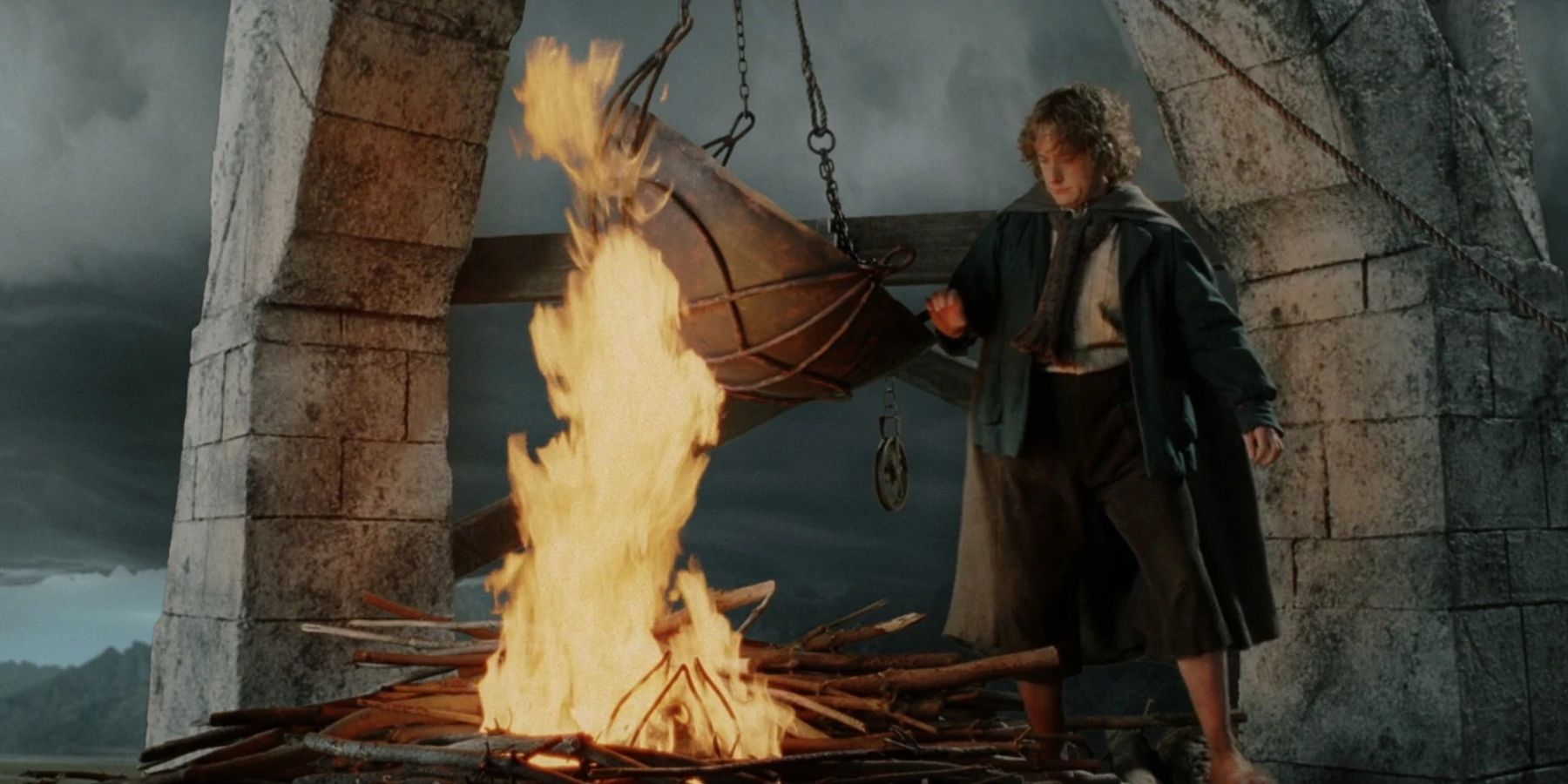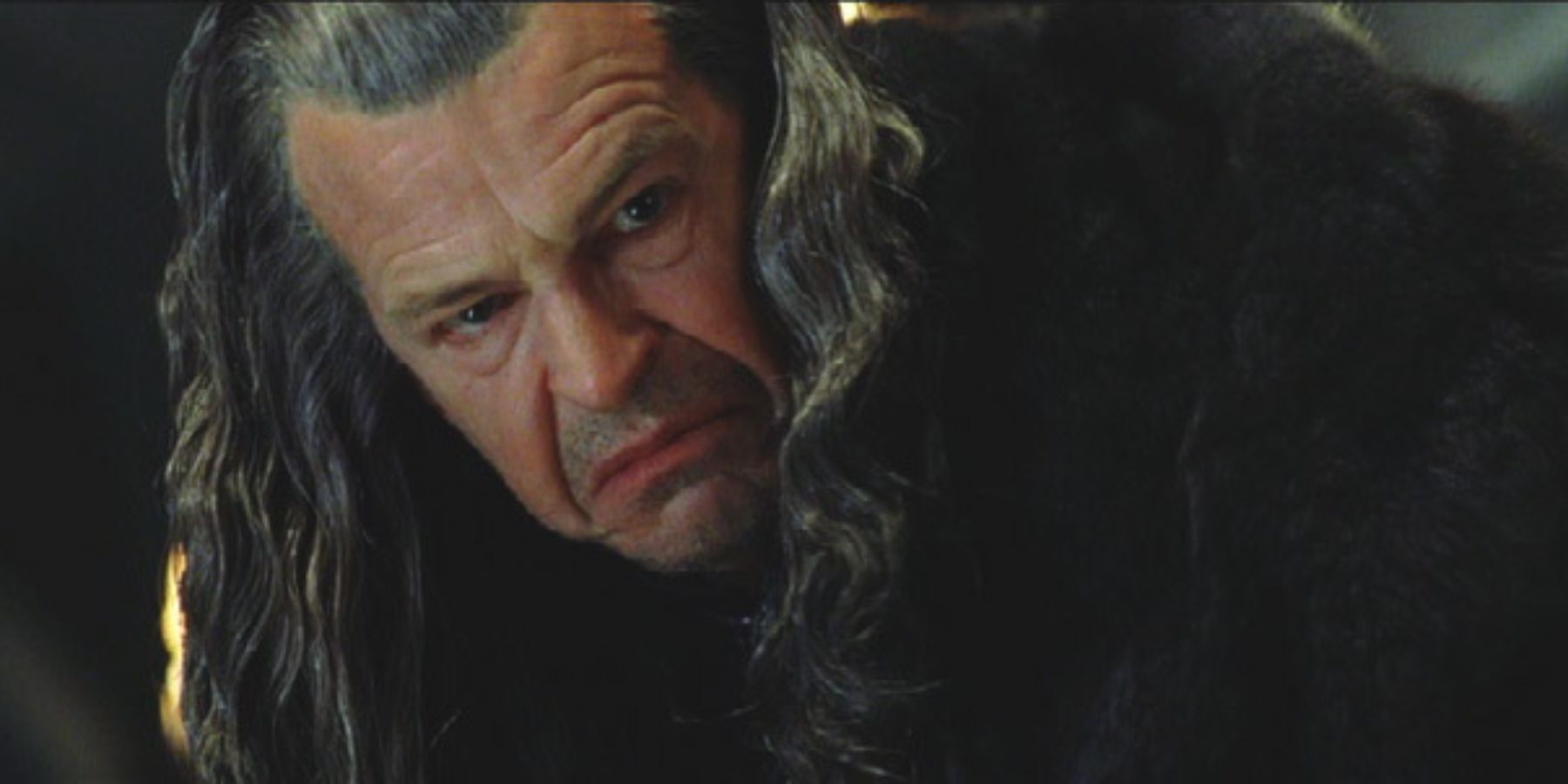There are lots of breathtaking scenes in Peter Jackson's Lord of the Rings film trilogy adaptation that exhibit the breathtaking landscapes of New Zealand. Scenery in these films ranges from the stunning Golden Hall of Rohan, built atop a crest surrounded by mountain peaks, to the beautiful, fast flowing river where the Argonath are placed, to the Shire, which has now been built as a permanent fixture in Matamata, where fans can actually go and take a tour of the movie set.
However, the most notably captivating moment in the films in terms of the scenery it displays, is probably the lighting of the Beacons, to summon Rohan to Gondor’s aid in the desperate battle that ensues as orcs begin a siege on the white city of Minas Tirith. The beacons can be seen setting ablaze across several peaks between the two kingdoms, lit by the watchers of the pyres whose duty it is to be always vigilant for when the cry for help is sent out. These bleak and hostile conditions are a massive contributing factor in what makes the scene so romanticized and heroic, and it is one of the most common scenes that sticks in people’s minds when they think of New Zealand as the home of Tolkien's world.
However, in Peter Jackson's version of the story, getting the first beacon lit, and alerting the allies that Gondor needs help, is a trial in itself. Gandalf entreats Denethor to call upon Theoden and his men, telling the mad Steward “you are not alone in this." However, at this point, Denethor’s paranoia has become deep after his hours spent staring into the Palantir, listening to the corrupting and fearful words of Sauron. It has deepened to the point that he no longer trusts Theoden, or Gandalf, or in fact anyone else. Gandalf must therefore take things into his own hands and get the beacon lit himself, by having Pippin climb up the side of the pyre underneath the guards' noses, spill the cannister of oil into the kindling, and set it ablaze fast enough that there is no time for it to be put out before the next beacons is lit along the line. In the film, this scene is accompanied by an incredible score by Howard Shore and the New Zealand Orchestra, which gives it that otherworldly, spiritual, heart-swelling feeling that makes it so memorable.
Pippin is the youngest of all the hobbits who set out from The Shire, and as such is usually the most naive and comical character. However, this is arguably one of his most heroic moments, alongside saving Faramir from a terrible death on his own pyre. But according to the original works of Tolkien, this scene is a lie, and there is never a struggle to get the beacons lit in the first place.
In the books, although Denethor is definitely feeling weary and unsure of whom to trust at this point (especially after the loss of his eldest son Boromir), he hasn’t yet abandoned all of his sense. He isn’t foolish enough to try to handle to onslaught of the enemies attacks alone. Therefore, the beacons are already lit by the time that Gandalf and Pippin first ride to the white city, after Pippin's premonition in the Palantir that it is about to be destroyed. This is also something that is slightly different in the books, but was changed to sit in with the altered events and timeline in the films, as the director and writing team had to amalgamate Frodo and Sam’s stories with the rest of the fellowship's from the Two Towers.
In the original writing, Pippin first notices the light up on the hillside, and asks the grey wizard what it is. Gandalf answers that, "The beacons of Gondor are alight, calling for aid. War is kindled," and names the locations of each beacon, as the light spreads from Gondor to Rohan. Here it is shown that Denethor still has some sense left in him, at this point at least, and isn’t as old and foolish as he is made out to be in the onscreen versions. However, many fans like the change that was made in the films, for a number of reasons.
Firstly, the scene in which Pippin must light the beacon, as opposed to finding them already lit, adds some depth to Pippin's character. The scenario also cements Denethor as more of an antagonist and reinforces his unworthiness to rule compared to Aragorn. It also adds some tension into a lull in the story, and finally, it is one of the most captivating scenes in film history, adding to the incredible fantasy element of Middle Earth that is so thrilling to watch come to life onscreen.






